How to cut nitinol sheets?
2024-07-09 13:31:10
Cutting Nitinol sheets can be challenging due to their shape memory properties. Using laser cutting or abrasive waterjet methods is effective, ensuring minimal heat impact and maintaining material integrity.
What Tools Are Best for Cutting Nitinol Sheets?
Cutting durable Nitinol Sheets effectively involves using specialized tools and techniques to maintain the material’s properties. Common methods include:
Laser Cutting: This method offers high precision and is ideal for intricate shapes. Laser cutting minimizes thermal damage and provides clean edges, essential for medical and high-performance applications.
Waterjet Cutting: Utilizing high-pressure water mixed with abrasive particles, this technique cuts through nitinol without affecting its properties. It’s particularly suitable for thicker sheets.
Electro-Discharge Machining (EDM): EDM is effective for complex shapes and fine details. It uses electrical discharges to cut through the material without significant heat-affected zones.
Mechanical Sawing: While less precise, mechanical sawing with carbide-tipped blades can be used for less critical applications. Ensuring the saw operates at low speeds helps reduce heat buildup.
How Does Laser Cutting Work on Nitinol Sheets?
Laser cutting is a preferred method for processing high-strength nitinol sheets due to its precision and efficiency. The process involves focusing a high-energy laser beam on the material, which melts and vaporizes the nitinol along the cutting path. The key advantages include:
High Precision: Ideal for detailed and complex patterns, laser cutting achieves tight tolerances and smooth edges.
Minimal Thermal Impact: Modern laser systems can minimize the heat-affected zone, preserving the material’s superelastic and shape memory properties.
Versatility: Laser cutting is suitable for various thicknesses and shapes, making it adaptable for different applications, from medical devices to aerospace components.
Can Waterjet Cutting Be Used for All Nitinol Sheet Applications?
Waterjet cutting is another excellent method for cutting nitinol sheets, especially where thermal impact must be avoided. It offers several benefits:
Cold Cutting Process: Unlike laser cutting, waterjet cutting does not introduce heat, preserving the material’s structural properties.
Clean Cuts: The high-pressure water and abrasive particles produce smooth edges without burrs, reducing the need for additional finishing.
Thickness Range: Waterjet cutting is effective for a wide range of thicknesses, making it versatile for different nitinol sheet applications.
How to Ensure the Durability of Nitinol Sheets After Cutting?
Ensuring the durability of nitinol sheets post-cutting involves several considerations:
Minimize Heat Exposure: Using cutting techniques that minimize thermal impact, such as waterjet or laser cutting with appropriate settings, helps preserve the material’s properties.
Edge Finishing: Post-cutting processes like electropolishing can smooth out edges and remove micro-burrs, enhancing the sheet’s performance and lifespan.
Proper Handling: Nitinol sheets should be handled with care to avoid scratches or deformation, which can affect their superelasticity and shape memory.
In summary, cutting nitinol sheets requires precise methods and careful handling to maintain their unique properties. Whether using laser cutting, waterjet cutting, or EDM, each method offers distinct advantages suitable for various applications. Understanding these techniques ensures that nitinol sheets retain their durability and performance in demanding environments.
References
Chamfr. (2023). Nitinol Sheets for Shape Setting Medical Components. Retrieved from Chamfr.
Resonetics. (2023). Nitinol Processing For Medical Device Prototyping. Retrieved from Resonetics.
Lint Steels. (2022). Guide to Nitinol Sheet. Retrieved from Lint Steels.
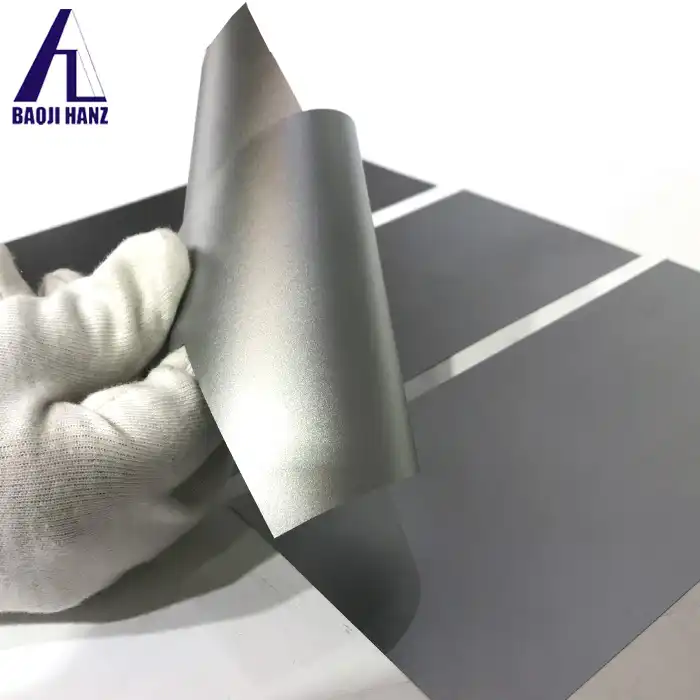


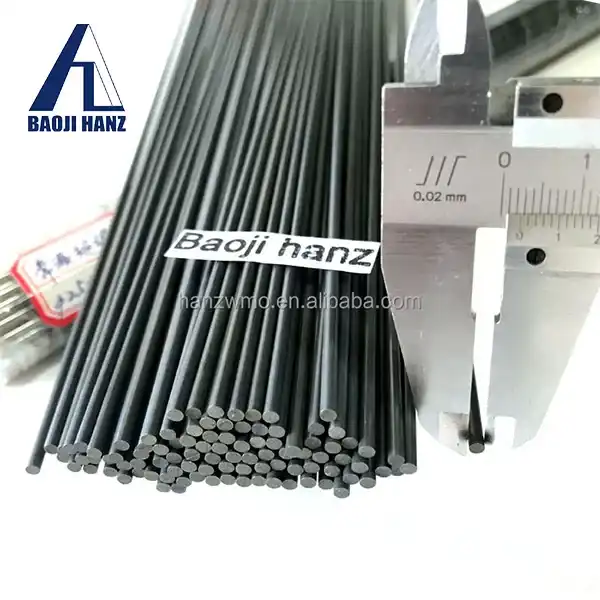
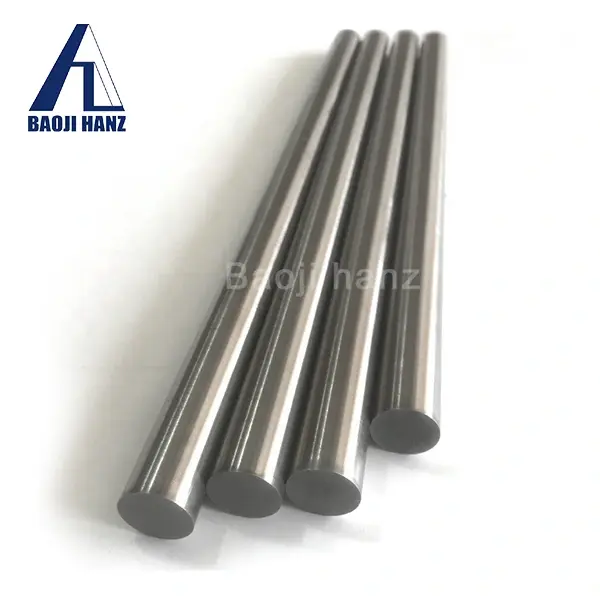
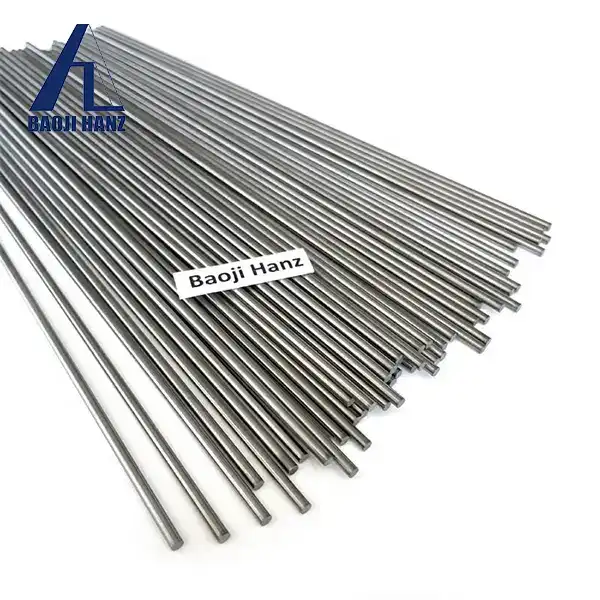
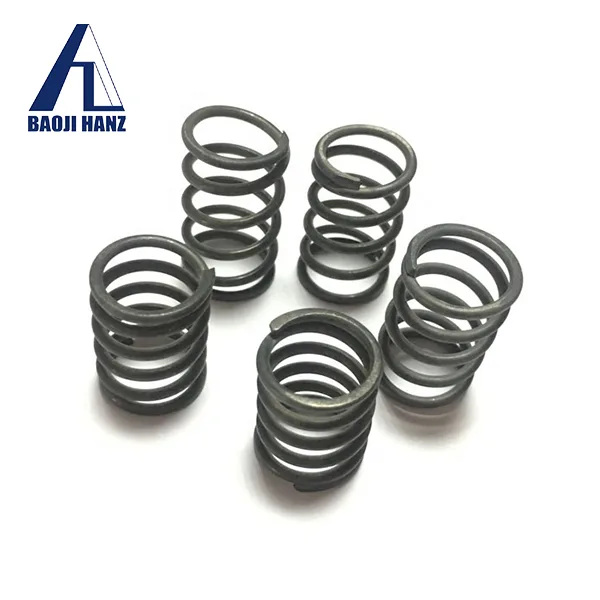
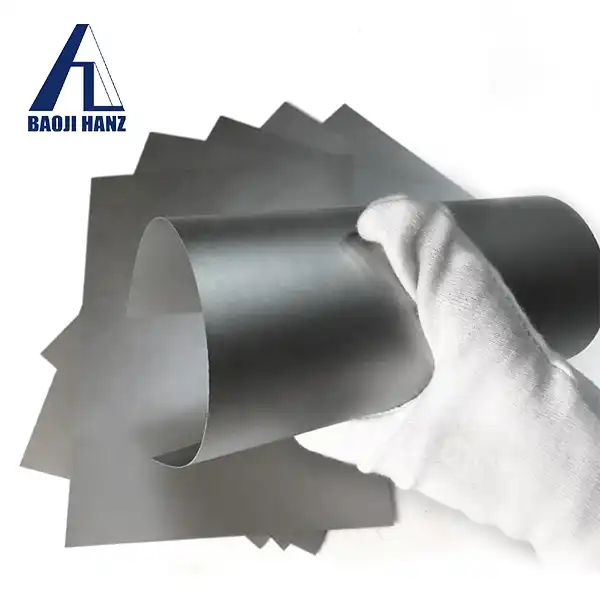
.webp)